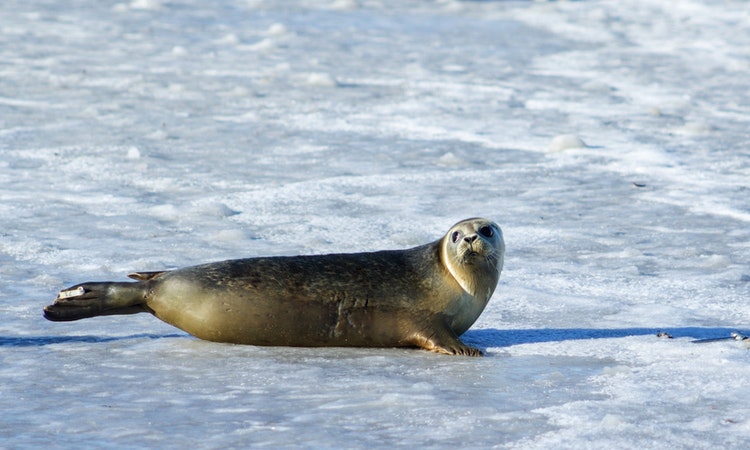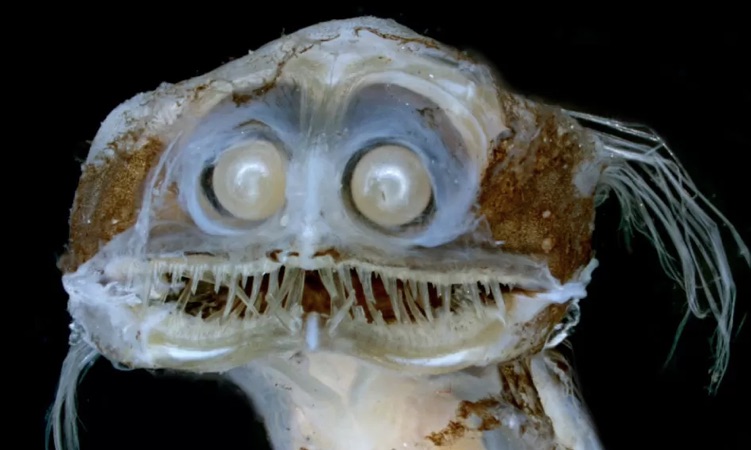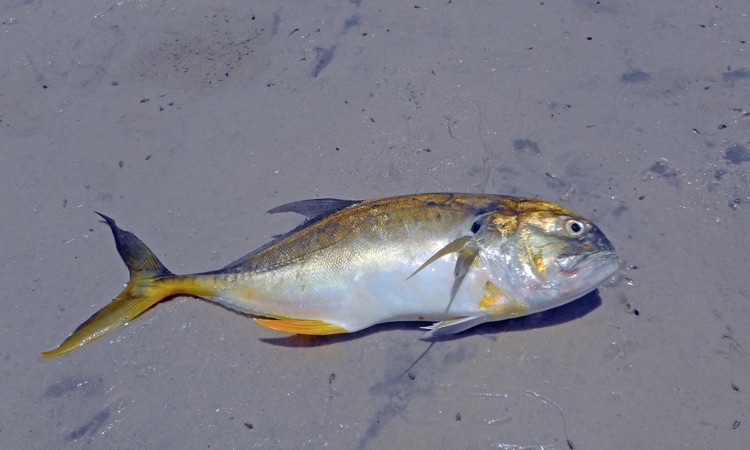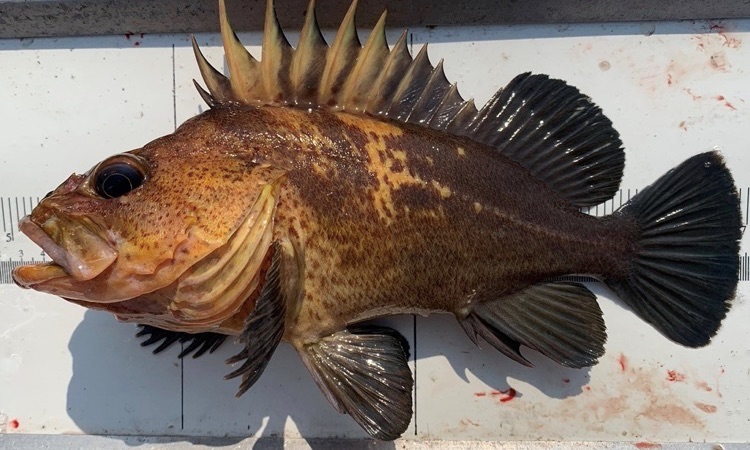Seals and walruses are species of aquatic mammals that have many similar physical features. This might explain why they are frequently mistaken.
Although there are some parallels like with the walrus vs elephant seal, seals and walruses have several important distinctions that may be used to readily identify these sea creatures.
Those that are interested in learning about the different distinctions between seals and walruses may begin by learning about their scientific classifications, habitats, physical features, and nutritional disparities.
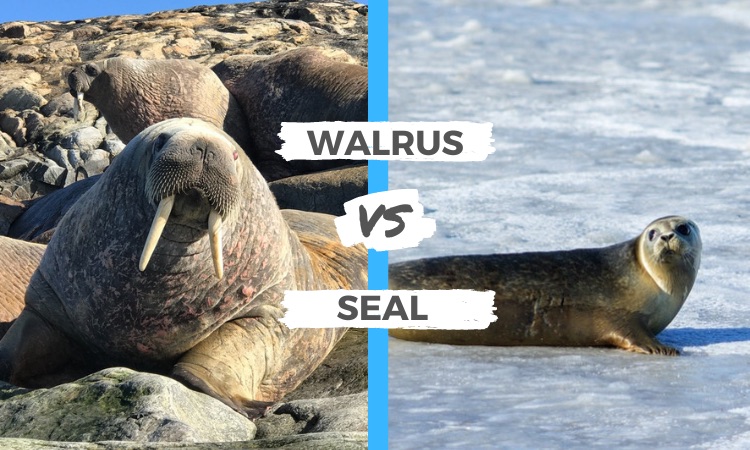
Scientific Classification
Pinnipeds are a group of aquatic mammals that includes seals and walruses. Seals and walruses have similar fin-like flippers, but they belong to separate ‘families’. Walruses fall into the Odobenidea family and seals belong to either the Phocidae or Otariidae families.
Earless seals, also known as “true seals,” are members of the Phocidae family, whereas eared seals, commonly known as fur seals and sea lions – are part of the Otariidae family. The word “walrus” may have originated from the Old Norse term hrossval, meaning “horse-whale.”
Walrus vs Seal: Habitat
The range of the North American walrus extends from the Canadian Arctic across Greenland, Svalbard, and the western part of Arctic Russia.
There are eight subpopulations of Atlantic walruses based on their geographical distribution and migratory patterns.
In western Greenland, there are five sub-populations, whereas there are three in eastern Greenland. Walruses used to migrate from Sable Island, Nova Scotia to the Greater Gulf of St. Lawrence in colonies of up to 8,000 individuals.
Because of commercial hunting, their populations were severely reduced. Current estimates suggest that the Atlantic walrus has fewer than 30,000 individuals.
Seals can be found along virtually every coast and cold water, although the majority of them reside in the Arctic and Antarctic seas.
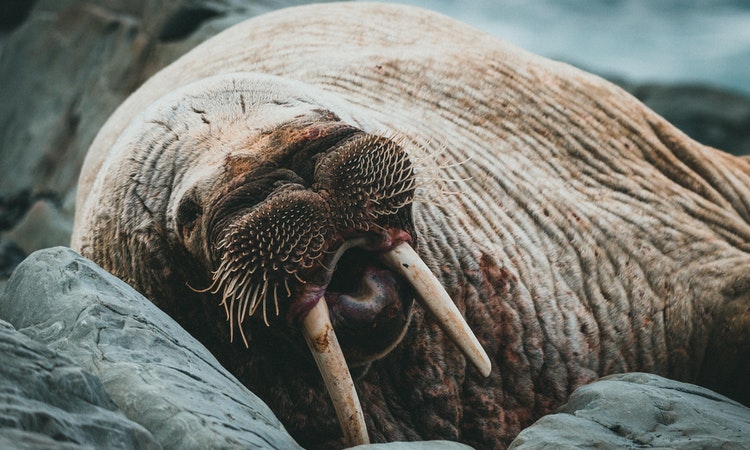
Physical Characteristics
Walruses are rounded torpedo-shaped or “fusiform” animals like seals. They differ from them in that they have pink and brown wrinkled skin, long white tusks, and huge, flat front and rear flippers with small claws.
Walruses rank third among the pinnipeds, ranging from 2.3 to 3.5 meters in length and weighing between 1,200 and 1,500 kg, or the weight of a compact automobile! Females are smaller at 600–700 kg and grow to be around 2.5 m long.
Seals have rounded figures with tapered ends. They have modified flippers for limbs. The foreflippers are webbed and end in five blunt claws, which are also covered with hair. Hind flippers likewise have five digits and are webbed.
Seals can deploy their hind flippers as if they were tiny fans. They have a rounded head with a blunt snout and whiskers projecting from the top of the lips and cheek. A short, flat tail is located behind the rear flippers.
There are no species of seals with tusks, as there are no such types of seals. Otariids, like walruses, have the ability to turn their rear flippers forward and move on all fours; however, their swimming technique is more comparable to that of phocids (real seals).
The walrus’s eyes protrude because of the animal’s advanced extra-ocular muscles and lack of orbital roof, allowing it to see both frontally and dorsally. Although vision appears to be better suited for short-range.
Walrus vs Seal: Coloration and Markings
The walrus is also distinguishable by markings on its back, which are similar to those of the ringed seal. It has no fur and is bald with extremely wrinkled and thick skin up to 10 cm around the neck and shoulders of males. Walruses’ blubber layer beneath the skin is thicker, reaching 15 cm in thickness.
Young walrus are dark brown and become paler brown and more cinnamon-colored as they mature. Young walruses are dark brown and become lighter and more cinnamon-colored as they age.
The majority of adult males have a pink or reddish tint and have developed secondary sexual features in the form of large nodules, known as “bosses,” around the neck and shoulders.
The seal varieties available are many, and they come in a variety of hues. Different types of seals may be various colors.
Some are the same color throughout, while others have spots that are darker or lighter than the rest of their bodies. Some kinds of seals also have a rusty brown tint to them.
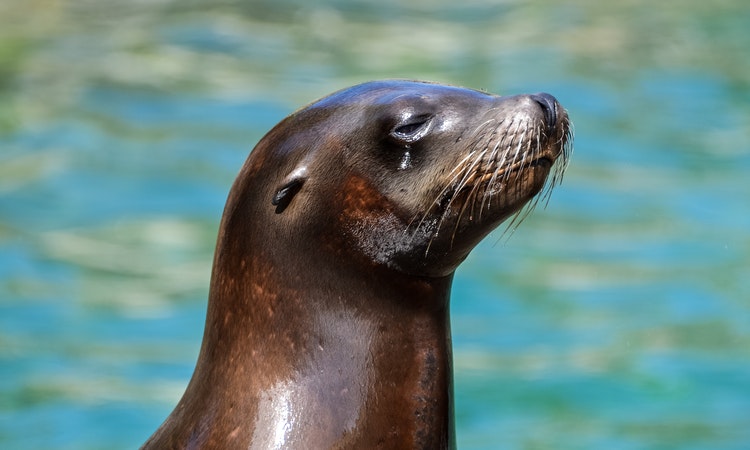
Walrus vs Seal: Diet
The enormous canine tusks of a walrus, which may reach a length of 1 meter and weigh up to 5.4 kg in males and females, are highly effective bottom feeders who typically forage primarily on the sea floor rather than the ocean floor.
Being shallow divers, they usually forage at depths of 30 meters, although they have been observed to dive to 500 meters. The walrus has a broad and varied diet that includes shrimp, crabs, tube worms, soft corals, tunicates, sea cucumbers, and various mollusks.
Walruses use their tusks to dig for food on the sea bed. Abrasive patterns on the tusks suggest that they are dragged through the dirt as they scrape. They generally have only a few rudimentary teeth (up to 38 in certain populations), although typically around 18.
Seals mostly eat fish as carnivores. Some seals, on the other hand, consume a surprisingly diverse diet.
The New Zealand sea lion, for example, consumes not only fish but squid and octopus as well as crustaceans such as shrimp. It will even attack and consume other seals, according to reports.
The diet of the Antarctic fur seal is mostly krill, although they have been observed eating penguins. Ducks have been eaten by harbor seals and gray seals have been observed consuming harbor porpoises. Gray seals can eat porpoises up to 6 feet long and weighing 168 pounds.
Lifespan of Walruses and Seals
In the wild, walruses can live up to 30 years and reach sexual maturity between 7 and 15 years of age. Breeding takes place from January through March, peaking in February. Males congregate around ice-bound groups of oestrous females and engage in competitive vocal displays.
The rest of the year, walruses congregate in large herds numbering in the hundreds or even thousands of individuals on rocky beaches or outcrops. The trip between the ice and the beach may be long and dramatic.
Although seals are sometimes hunted for their fur and oil, they live a long time as adults. Seals are generally long-lived creatures that can endure the perils of being a pup. Both the Grey and Common seal have been recorded to live beyond 30 years. A female Grey seal in Scotland’s Shetland Islands was thought to be 46 years.
